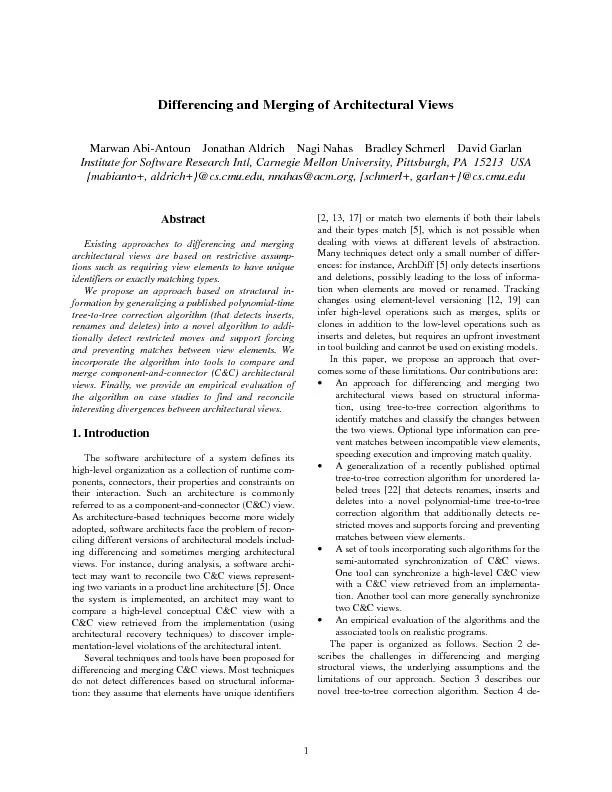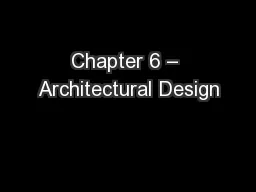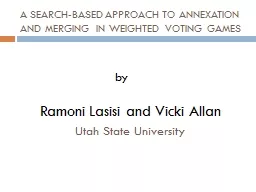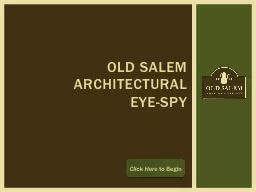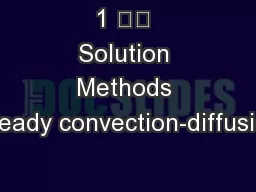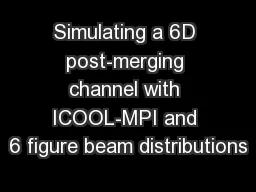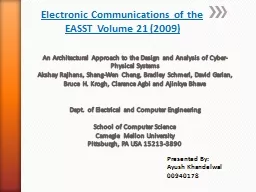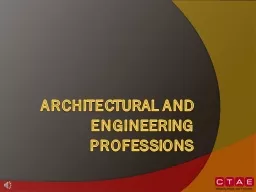PDF-Differencing and Merging of Architectural Views
Author : tatiana-dople | Published Date : 2017-04-10
scribes how the algorithm is used to synchronize CC views Section 5 presents applications of the approach in case studies on real systems Finally we discuss related
Presentation Embed Code
Download Presentation
Download Presentation The PPT/PDF document "Differencing and Merging of Architectura..." is the property of its rightful owner. Permission is granted to download and print the materials on this website for personal, non-commercial use only, and to display it on your personal computer provided you do not modify the materials and that you retain all copyright notices contained in the materials. By downloading content from our website, you accept the terms of this agreement.
Differencing and Merging of Architectural Views: Transcript
Download Rules Of Document
"Differencing and Merging of Architectural Views"The content belongs to its owner. You may download and print it for personal use, without modification, and keep all copyright notices. By downloading, you agree to these terms.
Related Documents

